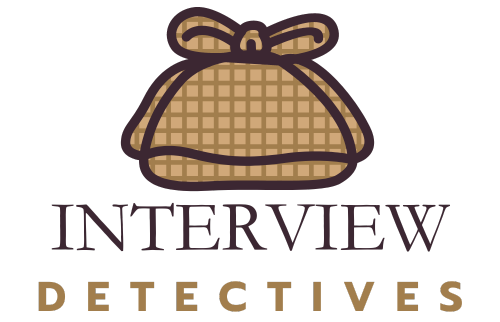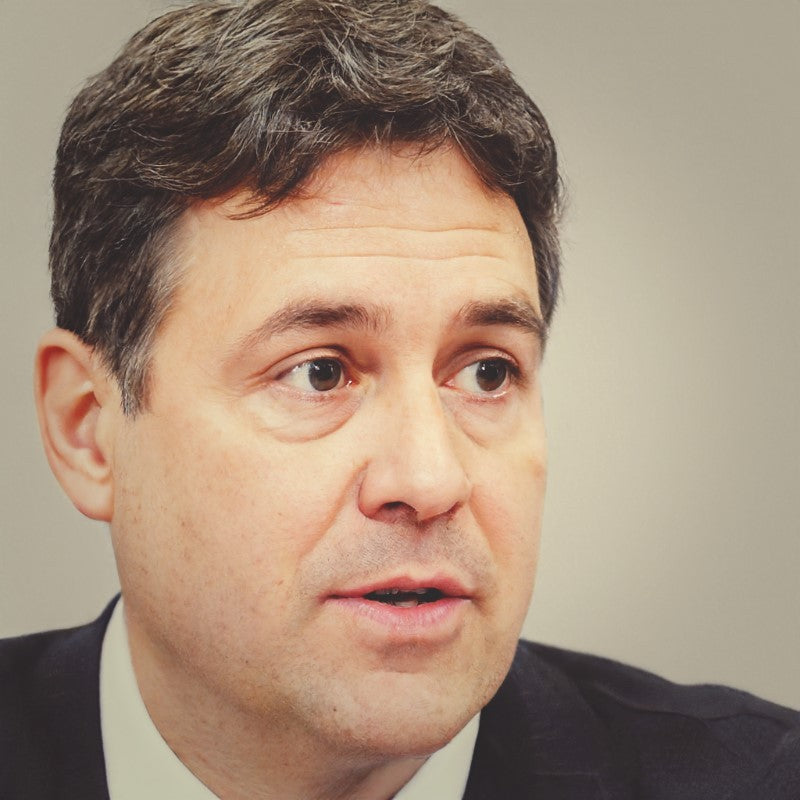Applying for a position in the Civil Service can be a daunting task, especially when it comes to writing the 250-word statements.
These statements are often the most challenging part of the application process for many candidates.
However, with a solid understanding of the required behaviours and a well-structured approach, what seems like a weakness can quickly become a strength.
Related article - 5 Senior Executive Officer Example Statements
What the Behaviour Means at This Level
At the Senior Executive Officer (SEO) level, the "Changing and Improving" behaviour focuses on a candidate's ability to drive change and foster continuous improvement.
This behaviour involves proactively identifying opportunities for innovation and efficiency within the organization. SEO-level candidates are expected to not only initiate and lead change but also inspire others to embrace these changes.
This differs from previous levels where the emphasis might have been more on supporting change initiatives rather than leading them. SEOs are expected to think strategically, anticipate future needs, and implement solutions that deliver long-term benefits.
Statement Structure
One of the most effective ways to structure your 250-word statement is by using the B-STAR technique. This method helps to ensure your response is comprehensive and well-organized. Here's how you can apply it:
Belief: Start by explaining your belief in the importance of the "Changing and Improving" behaviour. Why do you think it's critical at the SEO level? This sets the stage and shows your understanding of the behaviour.
Situation: Describe a specific situation where you identified a need for change. What was the context? What challenges or opportunities did you recognize?
Task: Outline the task you were responsible for. What role did you play in addressing the situation? This part of the statement should clearly define your responsibilities.
Action: Detail the actions you took to drive change and improvement. How did you implement these actions? Focus on your initiative, leadership, and the strategies you employed.
Result: Conclude with the results of your actions. What were the outcomes? How did your actions lead to positive changes and improvements? Quantify these results if possible to demonstrate the impact of your efforts.
By following the B-STAR technique, you can present a clear and compelling narrative that highlights your capabilities and achievements in relation to the "Changing and Improving" behaviour at the SEO level.
Now, let's delve into an example statement that exemplifies this approach:
Changing & Improving 250 Word Statement Example
I believe that continuously seeking improvement and embracing change is fundamental to delivering high-quality public services. This belief underpins my proactive approach to identifying and implementing enhancements in my role.
As an Administrative Officer at DHSC, I observed that our internal process for handling public health inquiries after they were logged through to resolution was inefficient, often leading to delays and frustration for the public. Specifically, the steps involved in routing inquiries to the appropriate departments and tracking their resolution were cumbersome and prone to errors. This situation called for an urgent review and improvement.
I joined the project team and was tasked with analyzing the existing workflow, identifying inefficiencies, and proposing a solution. I started by mapping out the current process and gathering feedback from colleagues who dealt directly with the inquiries. It became evident that our manual tracking system was the primary bottleneck, causing unnecessary delays and errors.
I proposed the adoption of a digital inquiry management system to streamline the process. After securing approval from senior management, I coordinated with the IT department to implement this new system. I also organized training sessions for the team to ensure a smooth transition and encouraged open feedback to address any concerns.
The implementation of the digital system resulted in a 50% reduction in flowthrough time and a significant improvement in accuracy. This experience reinforced my belief in the importance of continuously seeking and implementing improvements to enhance service delivery.



